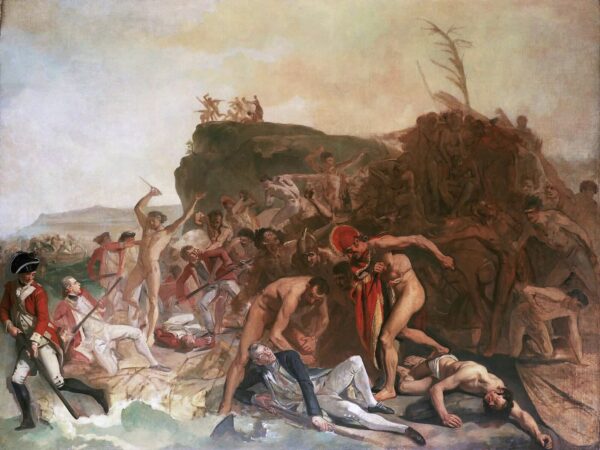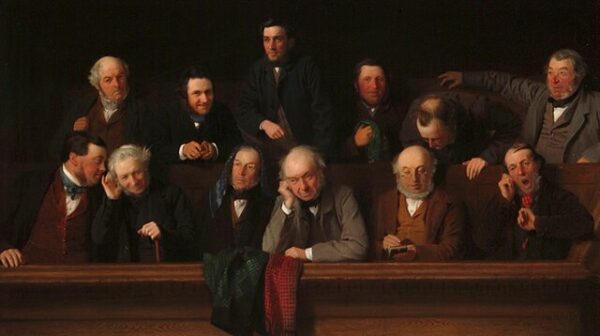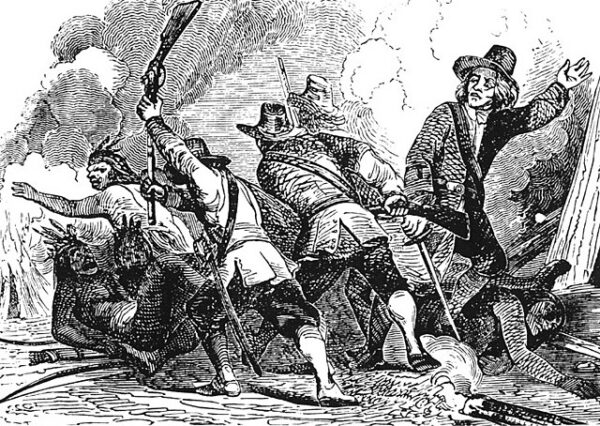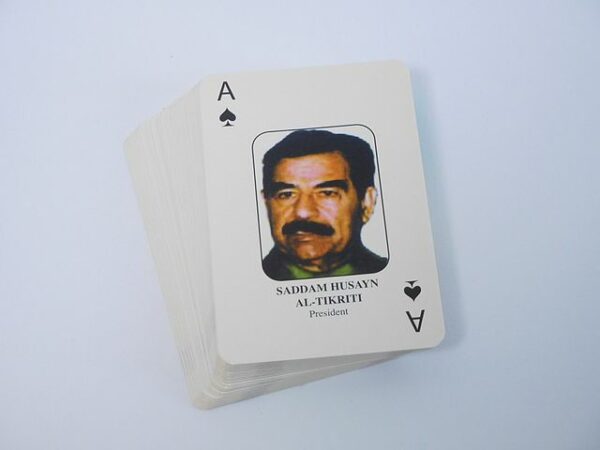On February 14, 1779, British explorer and navigator Captain James Cook was killed by Native Hawaiians near Kealakekua Bay on the island of Hawai‘i. His death marked a violent and symbolic end to a career that had significantly expanded European knowledge of the Pacific but also intensified conflicts between indigenous societies and European imperial ambitions. The circumstances surrounding his demise were shaped by cultural misunderstandings, competing worldviews, and the broader forces of colonial expansion.
Cook’s arrival in Hawai‘i coincided with the Makahiki festival, a sacred season dedicated to the Hawaiian deity Lono. This period was marked by feasting, religious ceremonies, and a temporary cessation of warfare. When Cook’s ships, HMS Resolution and HMS Discovery, entered Kealakekua Bay in January 1779, the Hawaiians received him with great reverence. Some scholars suggest that his timing, the distinctive appearance of his ships, and aspects of his behavior led some Hawaiians to associate him with Lono. This warm welcome provided Cook and his crew with abundant provisions and access to local resources. However, the dynamic was inherently fragile, as the Hawaiians’ generosity had limits, and the British sailors often failed to respect local customs.
As Cook and his men extended their stay, tensions escalated. The British engaged in trade, exchanging iron tools for food and water, but they also committed acts of theft and desecration of sacred sites. Over time, the Hawaiians grew weary of the foreigners. Cook’s expedition departed on February 4, but after suffering storm damage, he was forced to return to Kealakekua Bay on February 11—a decision that proved fatal. Unlike his initial arrival, Cook’s return was met with suspicion and hostility. The Makahiki season had ended, and the Hawaiians no longer viewed him as a benevolent or divine figure. Resentment over past grievances, combined with growing frustrations over British demands, fueled rising tensions.
The final confrontation was sparked by the theft of a cutter, a small boat belonging to the British. Seeking to resolve the situation using tactics that had worked in previous encounters with Pacific Islanders, Cook attempted to kidnap Chief Kalaniʻōpuʻu as leverage for the boat’s return. However, this act of aggression outraged the Hawaiian people. As Cook and his armed men led Kalaniʻōpuʻu toward the shore, thousands of Hawaiians gathered, angered by what they saw as a grave insult and violation of their sovereignty. A struggle broke out, and as Cook turned to order his men to retreat, he was struck on the head and fatally stabbed. His body was taken by the Hawaiians, and parts of it were later returned to the British in accordance with local funerary traditions, which honored powerful enemies.
Cook’s death sent shockwaves through Britain and the broader European world. He was mythologized as a tragic hero, a symbol of exploration and discovery. His voyages had mapped vast portions of the Pacific, from Australia and New Zealand to the Arctic, while also bringing European influence into contact with Polynesian cultures.






